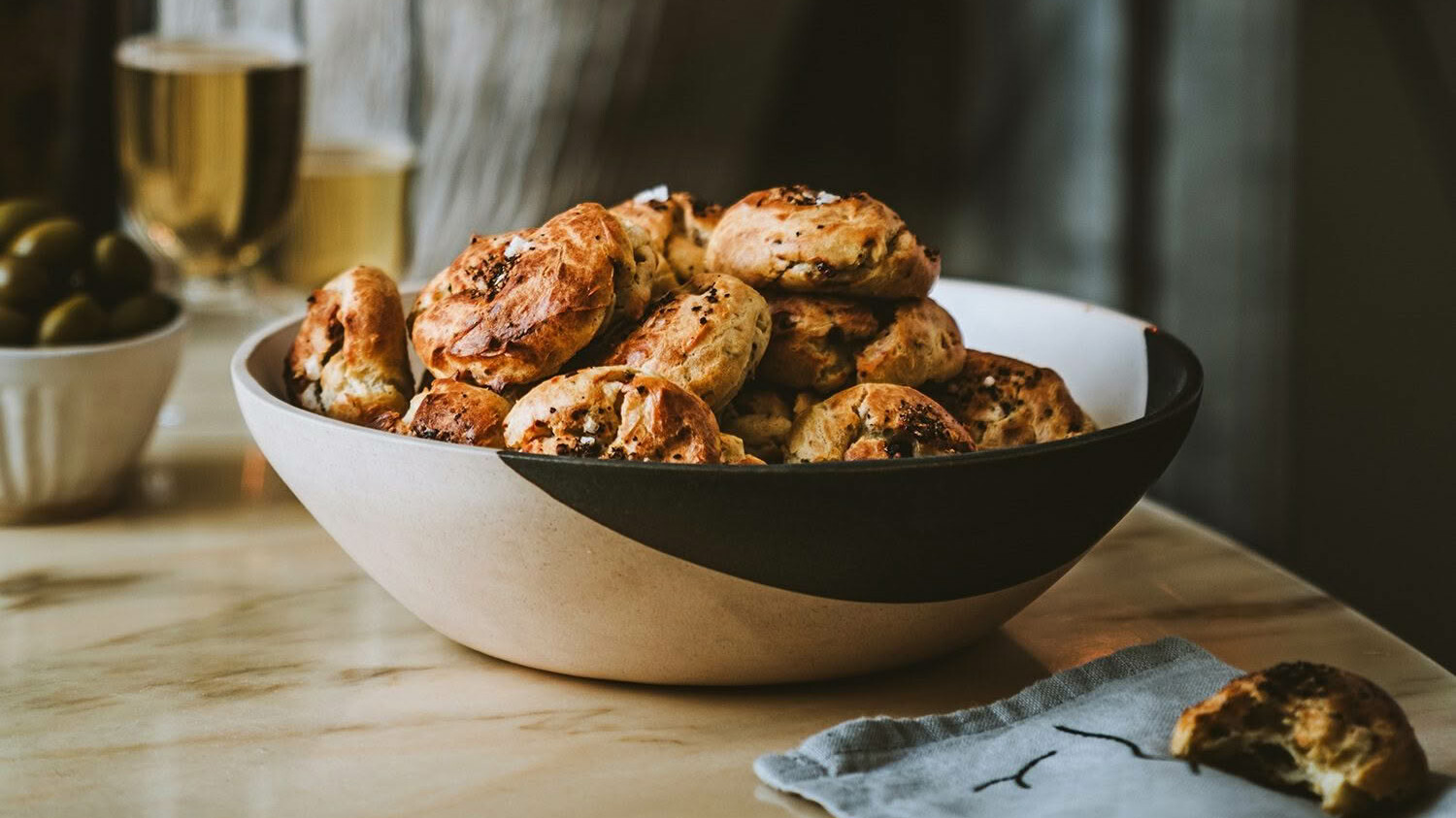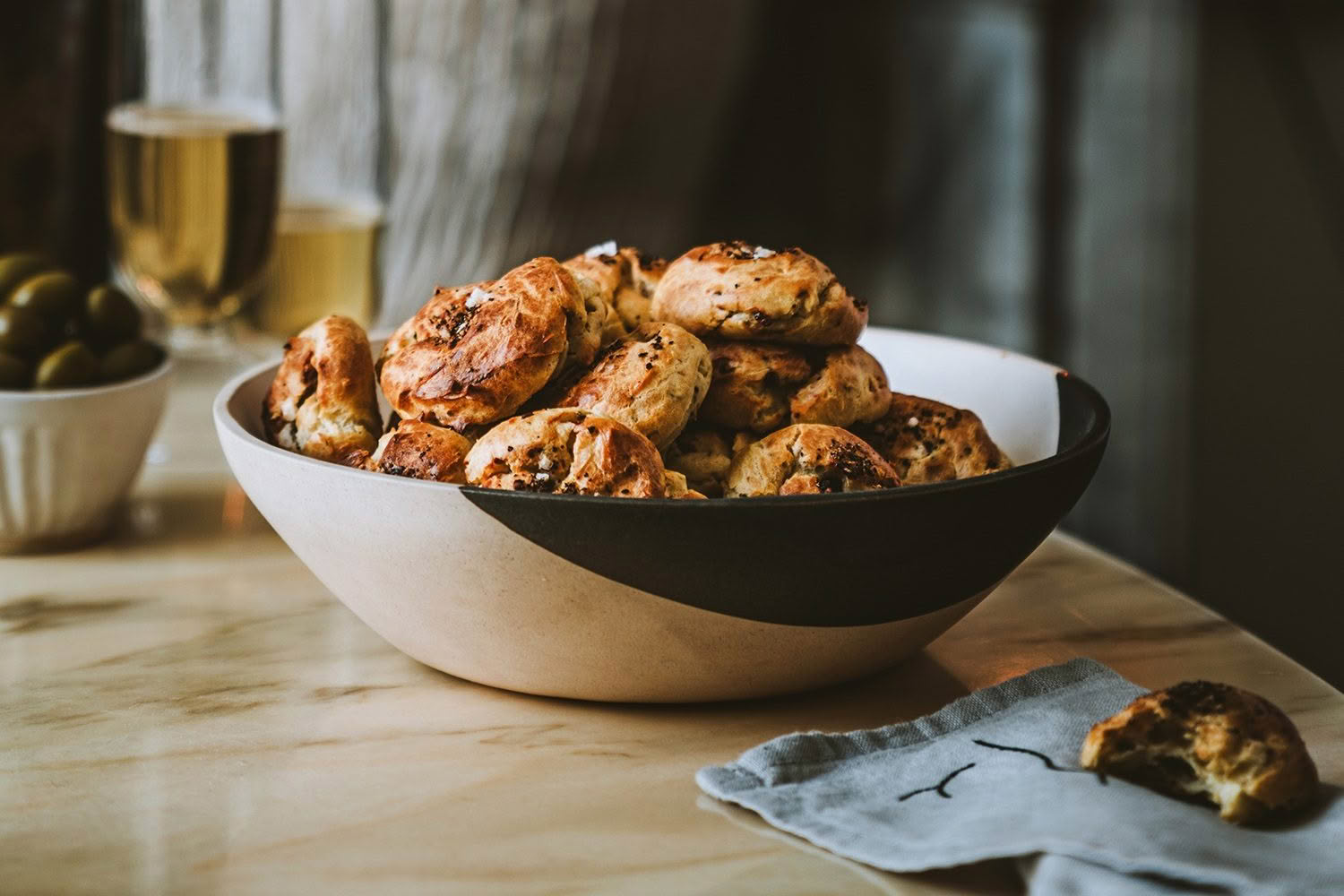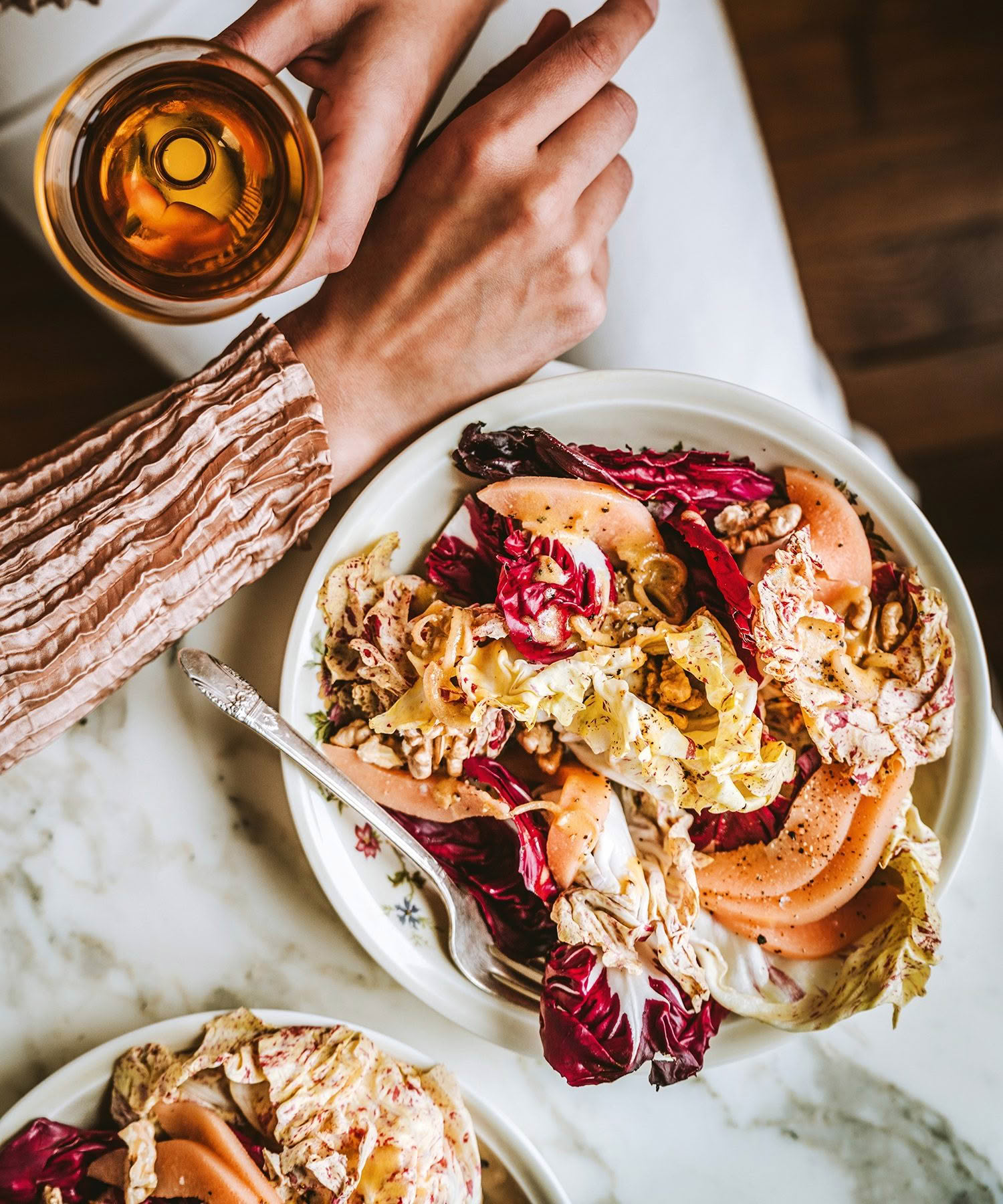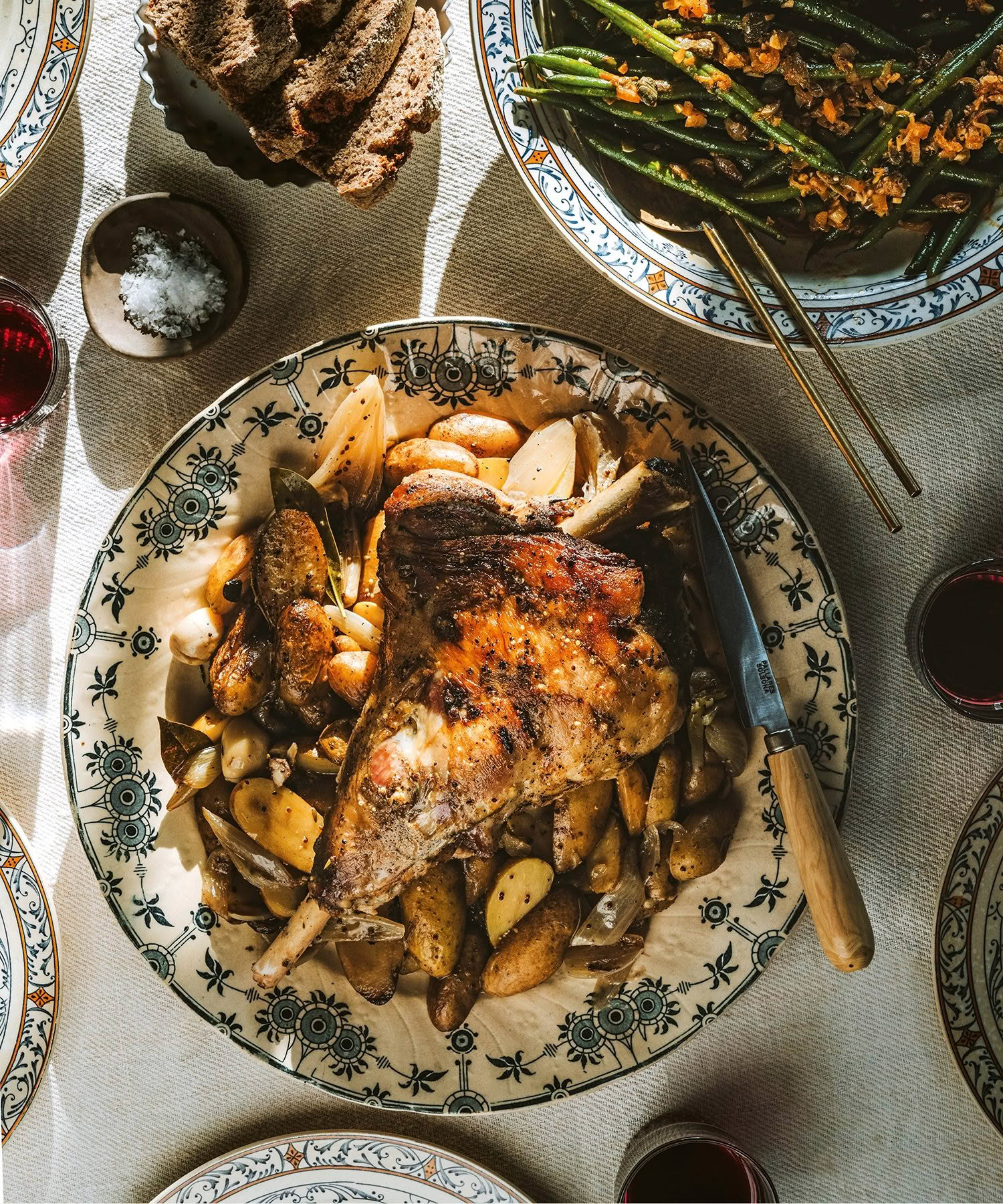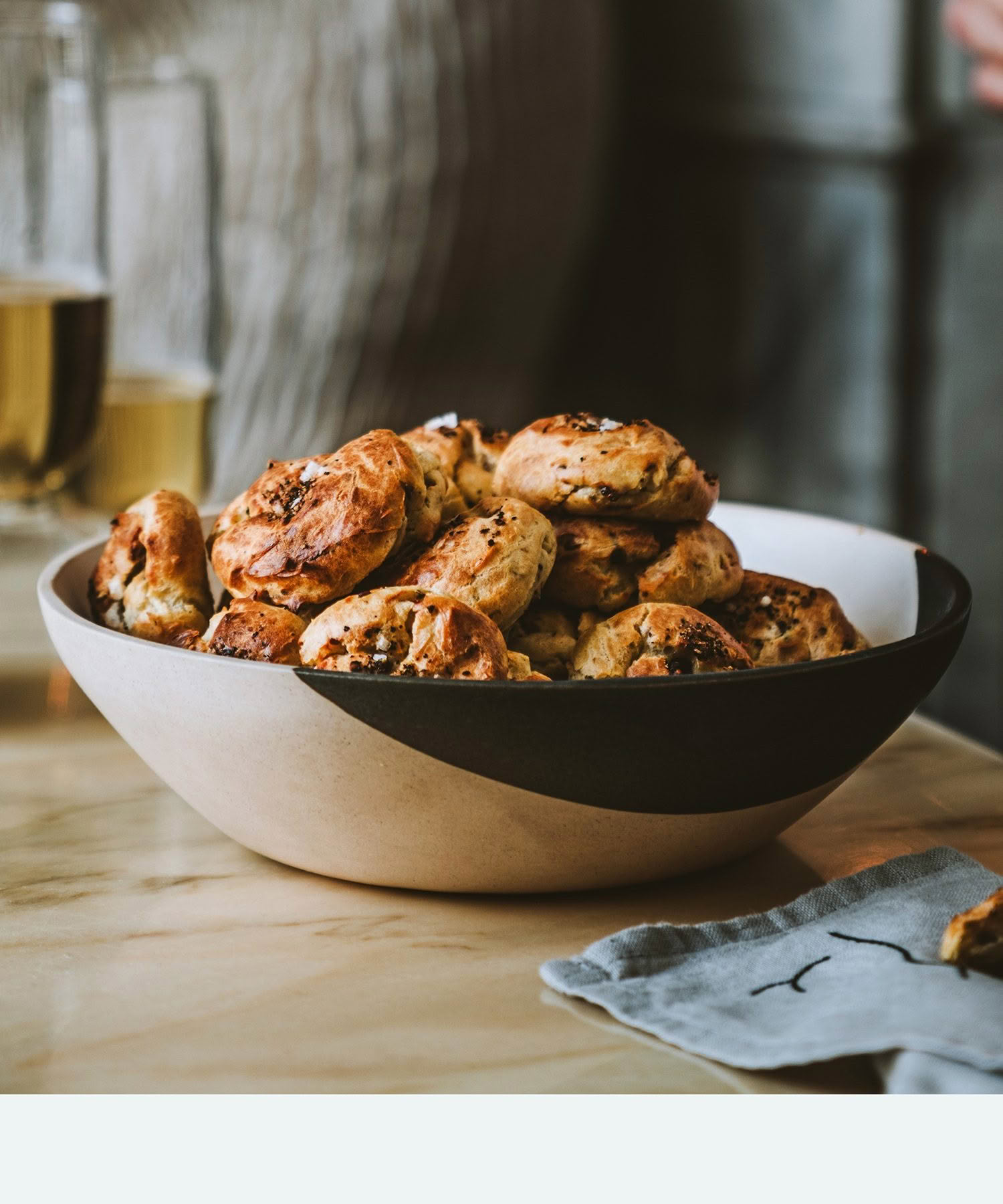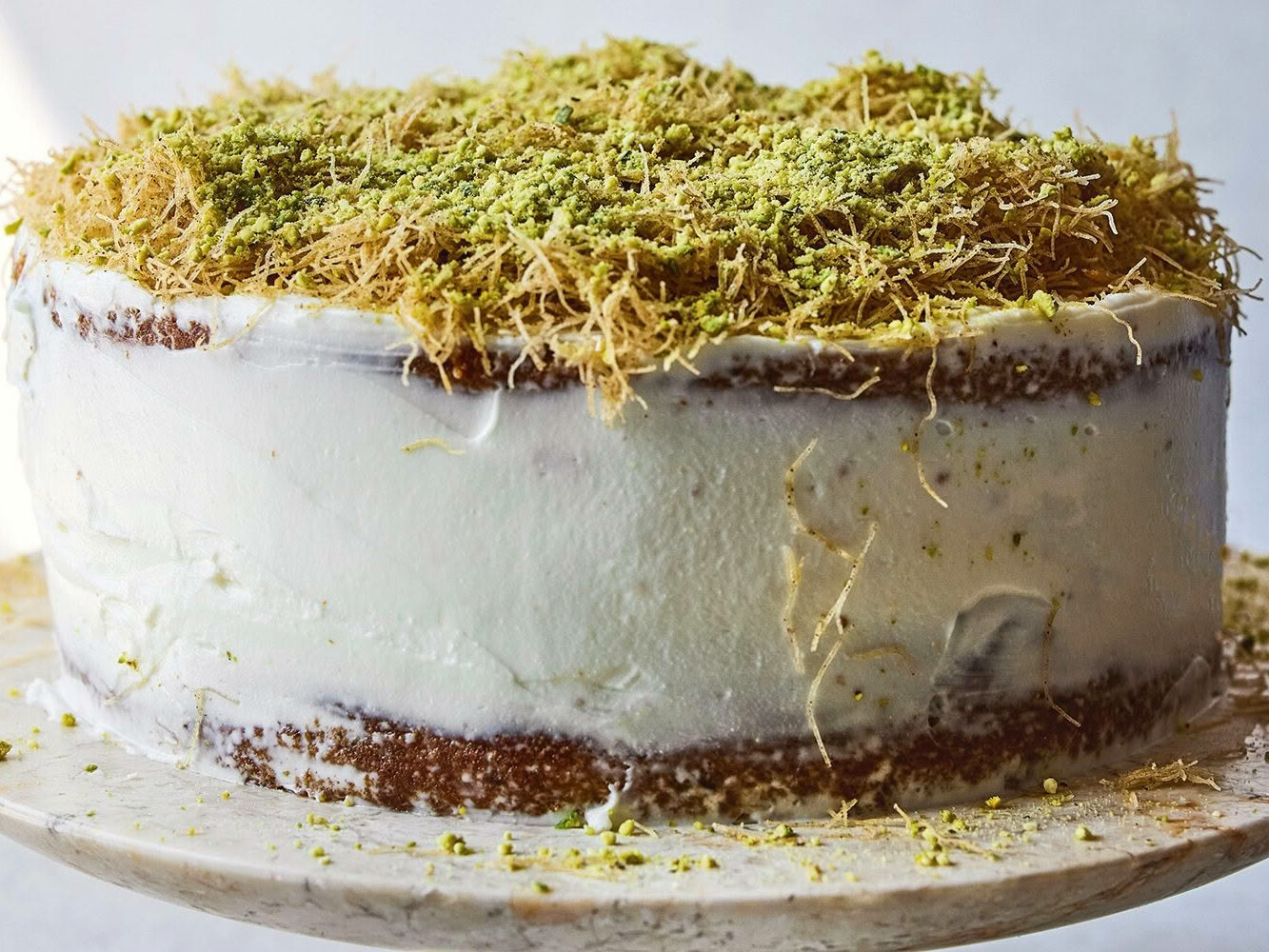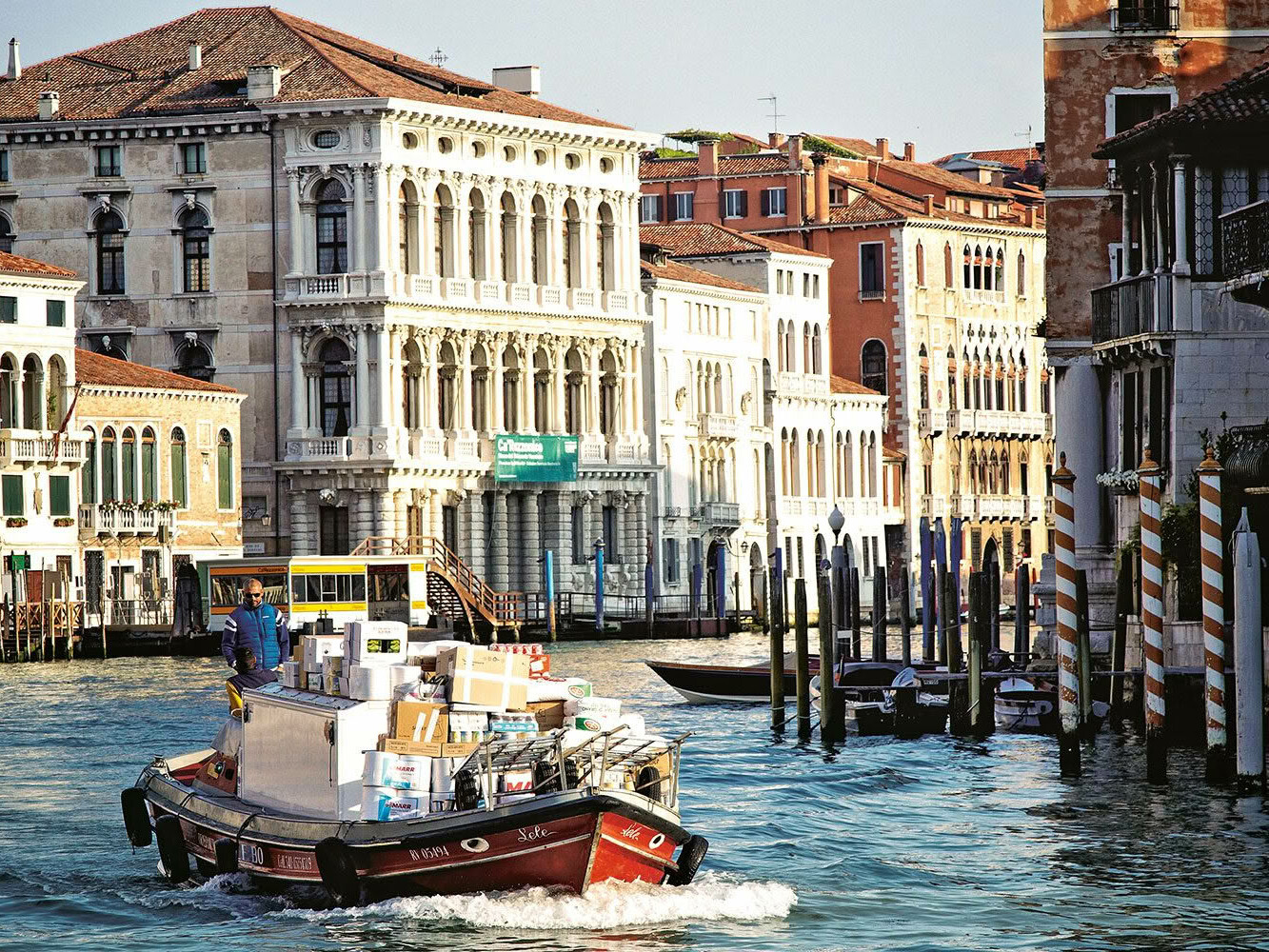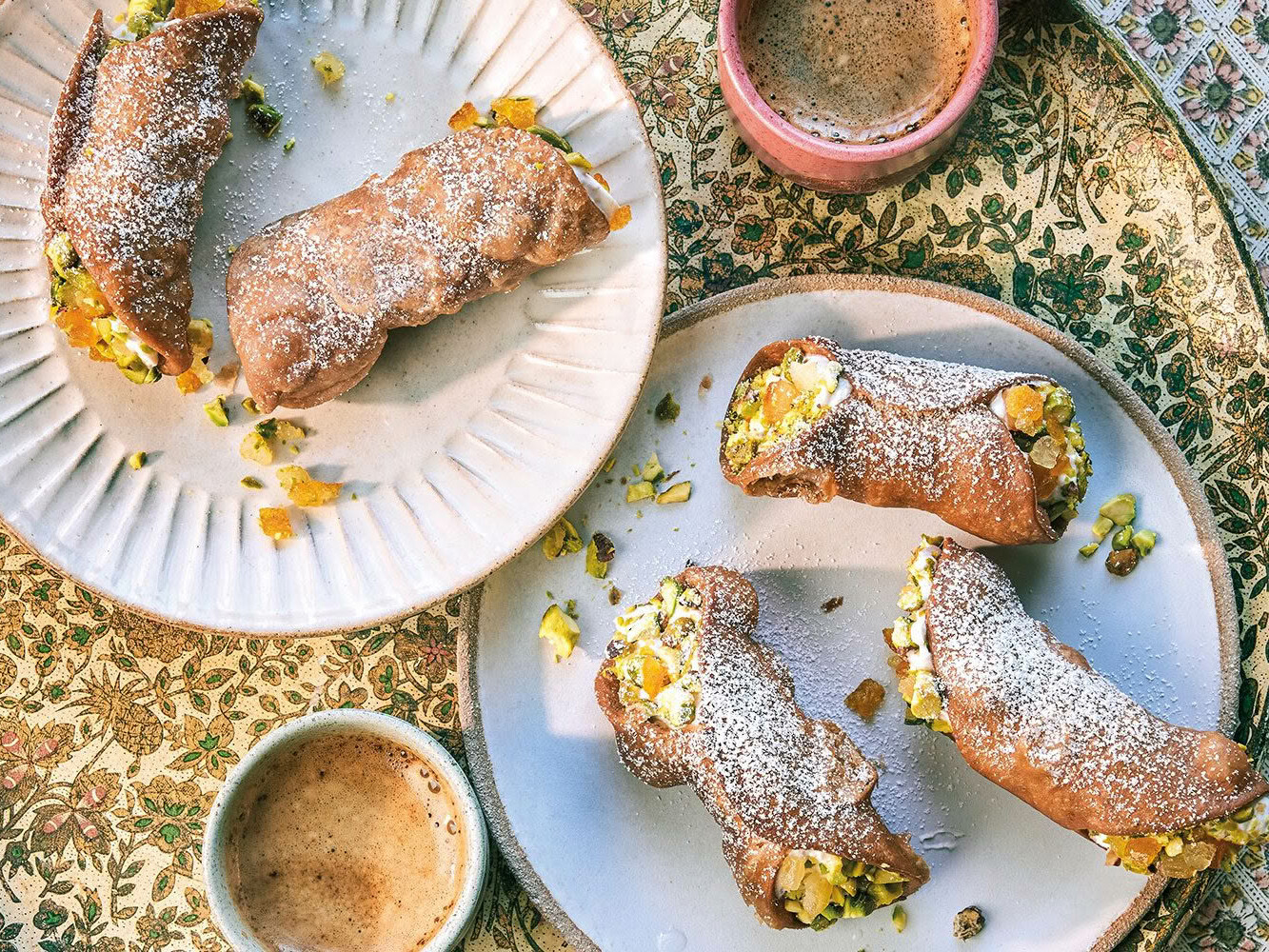The thing is, all the clichés you’ve heard about the south of France are true. The light takes on new forms by the hour, casting beauty on the simplest pleasures. There are open-air markets bursting with sun-ripened produce; the surprisingly loud, surprisingly comforting surround-sound of cicadas in late summer; acres of olive trees, lavender, and sunflowers; cliffs that drop into salt-heavy turquoise coves. And the food? It’s not overrated. The figs, the ratatouille, the aïoli, the crispy panisse, pissaladière, braids of garlic, Provençal melons, an overwhelming variety of local cheeses, actually good tapenades, and all the rest.
This is the part of France where the French themselves holiday. It is where throngs of Europeans descend for summer vacances – doing their best French cosplay while lounging, flirting, apéro-ing in the sun. American in Paris, yes yes sure, but the south is no stranger to American expats, of which I am just one in a steady line. M.F.K., Child, Jones, Wells, and many more fell for the charms of le sud, gravitating to the sea and countryside alike for some swirl of inspiration, relaxation, hedonism, and escapism, and, ultimately, to try their hand at capturing a bit of its enchantment on the page.
But, the southeastern region of France known as Provence-Alpes-Côte d’Azur isn’t solely a fantasyland of wine and lavender and endless vacation. It’s a real place, with real people and four seasons. The 12,000 square miles (or 31,000 square kilometres, if you will) that make up Provence-Alpes-Côte d’Azur are bounded in the north by the snowcapped Southern Alps and in the south by the blue French Mediterranean. The Italian border (and its culinary influence, of course) marks the east; the Rhône River makes up its western edge.
Included within its borders are vineyards, olive groves, pine forests, lavender fields, the Camargue plains and marshes, rivers, and the Mediterranean seaside. Influences from Mediterranean and African countries arrived and were absorbed via modern trade and travel, colonisation, migration, and exile. The region’s food culture is made – first and foremost – in the home, reflecting and drawing directly from the region’s people and landscapes. The resulting recipes translate the region’s terroir onto the plate while veering away from overwrought, technique-heavy dishes that tend to be associated with French haute cuisine.
What you can expect in the book is a small piece of this region’s story, which hopefully captures larger ideas about this region’s story. And I think some of my own story wrapped within. All through the lens of the Provençal table. Or tables, varied as they are.

